In an age where digital communication and data exchange form the backbone of our interconnected world, the importance of secure and robust encryption cannot be overstated. The digital landscape is rife with cyber threats, from hackers attempting to breach sensitive information, to malicious actors seeking to exploit vulnerabilities.
Randomness lies at the heart of encryption, forming the basis of cryptographic keys that secure sensitive data. However, traditional random number generators: true random number generators (TRNGs), which rely on physical processes, and pseudo-random number generators (PRNGs), which use mathematical algorithms, fall short in providing true randomness. Their outcomes are often vulnerable to environmental disturbances or side attacks in the case of TRNGs, or limited to the original seed numbers, and therefore potentially predictable to skilled adversaries in the case of PRNGs.
This is where quantum randomness comes into play. Quantum systems offer sources of fast and secure randomness, they can also provide more advanced methods of resilience against faults and cyberattacks thanks to features like our patented source-device independent self-certification (DISC™) protocol.
Below are three key reasons why quantum random number generators (QRNGs) are superior to classical random number generators (RNGs).
1. Quantum processes are, by nature, non-deterministic
QRNGs exploit the inherent unpredictability of quantum processes, such as the random behaviour of photons or other quantum phenomena. This randomness is fundamentally different from the deterministic processes used in PRNGs, which can be vulnerable to predictability if the algorithm’s original seed number or state is known.
This is particularly significant given what we know about the threat of “store now, decrypt later”, which refers to the danger of encrypted data being harvested today with the aim of decrypting it in the future with more advanced technologies. One example is public-key cryptography that can be solved efficiently by a large-scale quantum computer (Shor’s Algorithm).
2. Higher random number generation speeds
TRNGs tend to be slow because they are dependent on physical phenomena, such as radioactive decay, which limits speed. PRNGs can achieve high speed, but this comes at the detriment of randomness quality.
While early QRNG implementations might have been slower than traditional RNGs due to the experimental nature of quantum technologies, this is no longer the case. QRNGs are capable of high-speed random number generation while still maintaining their inherent security benefits. For example, at Quantum Dice we have developed the world’s fastest PCIe QRNG, VERTEX 1100, with 2.66 Gbps of post-processed random numbers.
3. Live monitoring of the entropy source is possible and effective
As QRNGs are based on quantum processes which are inherently random, they can be directly observed and monitored in real-time. This allows for the verification of the randomness being generated through the detection and mitigation of any potential deviations or anomalies that could compromise the randomness. For example, our unique patented DISCTM protocol continuously verifies the quantum randomness leading to every number generated by our QRNG. This happens in a two-step process: DISCTM detects additional noise generated by the physical system, malicious hardware attacks, or silent failure, and then immediately adjusts the output so that the random numbers are only based off the quantum noise.
This is a distinct advantage over TRNGs or PRNGs, for which monitoring the entropy source in real-time is challenging and currently happens as a static test in retrospect. Crucially, not only that but the DISCTM protocol sets Quantum Dice’s technology apart from other available QRNGs too.
In conclusion
QRNGs are a great example of how the “quantum advantage” can be realised right now. They exemplify superior qualities over classical RNGs, offering intrinsic randomness, heightened security, and faster speeds in combination with high entropy. Notably, QRNGs stand out as they enable real-time monitoring of their quantum-based random number generation processes in a way that is not possible with PRNGs or TRNGs.




